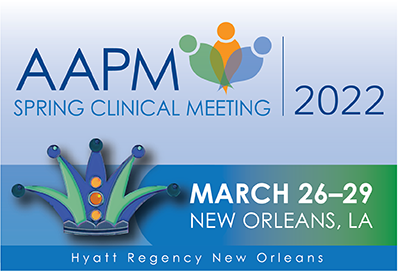Development and Implementation of a Novel 3D Printed Patient-Specific Cerrobend Mould Workflow
Presentations
(Saturday, 3/26/2022) [Central Time (GMT-5)]
Purpose: Cerrobend, a commonly-used attenuator that provides patient shielding for techniques such as patient-specific electron cutouts and Total Body Irradiation (TBI) lung blocks, is composed of hazardous materials such as bismuth and cadmium, and so the quantity of time and degree of contact radiation oncology workers spend in its presence should be minimized in the name of employee safety.
Methods: The clinical workflow at our clinic involves therapists first hand-carving foam casting blocks per a physician-defined treatment contour, pouring the Cerrobend to an approximate thickness, then filing the Cerrobend block to best match the given contour, involving substantial employee exposure. To minimize this contact, we have developed efficient, safe, and accurate conversion and 3D printing methods to reimagine the way that these devices are designed and manufactured. At present, the new workflow replaces discrete steps in the extant process with reduced-contact or fully hands-off procedures. A preset template frame is first fused with a model generated from the physicians’ contour, which is then converted to a high-definition .STL file, ready to be 3D printed from PET-G thermoplastic using our Prusa i3 Mk3S+ FDM printer. Built-in marks, and embossed lettering ensure placement on their mounts, helping to prevent setup confusion. After a sub-1 hour print time, these moulds are ready to be poured and filled with liquid Cerrobend to the marked level, which removes any inconsistency and mirrors the physician's intent with no post-modification, which improves functionality while significantly reducing employee time in the Cerrobend workspace.
Results: Dosimetric testing using scanned radiochromic film and the linear accelerator's integrated imaging capabilities concluded that the new method results in a superior fit to intended patient dose profile than the traditional methodology allows for.
Conclusion: Current work involves a more direct and fully automatic scripted conversion from contoured patient DICOM image to printable .STL.
ePosters
- 174-60692-16021654-182698-1758934860.pdf (A Jaffe)
Keywords
Taxonomy
TH- External Beam- Photons: Development (new technology and techniques)
Contact Email



